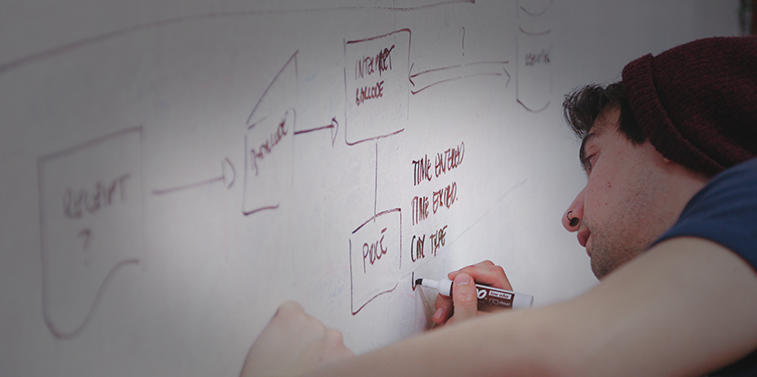Over the years, legacy systems have been questioned on their rigid infrastructure requirements, complex licensing rules, immobility, inadequate support systems, and above all, the mammoth costs required to maintain them.
Enterprise users look at seamless cloud integration as a given basic. They are fascinated with the consumer-like interface designs which B2B applications strive to offer. This has simply increased the pressure on legacy technology systems to migrate or drop out of the race. They simply aren’t equipped to fight against the efficiency and scalability that is offered by the cloud.
Having understood those grounds, application migration to the cloud is undoubtedly one of the most neck-breaking transition in a product’s life cycle that relies on multiple aspects of strategy and execution for its success.
Some of the factors that hold enterprises back from the leap
Lack of funds –
Application migration of a legacy system requires significant investment. It is important to realize that though the entire cost of migration may seem steep, one must not overlook the expenses incurred in maintaining and sustaining the legacy.
Resistance to change –
Migration can seem overwhelming and a complete shift could seem scary to a few. Most of us like to live with the continuity and make small enhancements. Well, migration too could be done incrementally to be more sustainable.
Fear of unknown –
Predictability contributes to trust. A successful application migration to cloud is backed by a robust strategy that makes the process more quantitative. A skilled UX team can provide a path that has smaller goals to validate, and build a sense of trust along the way.
At Koru, we have helped our clients migrate their mammoth products onto the cloud successfully. Here are some things to keep in mind which we found helpful.
1. Get Everyone Involved, think openly

Application migration is a big move and it calls for everyone to chime in, understand their goals, allow them to present their ideas, aspirations, and expectations openly. Allow them to buy into the idea and understand the value they will achieve. Allow them to live and define how they could contribute to building a future-focused product. Make sure you have some actual users onboard to help you with ground level intel – it’s priceless!
2. Strategy, Strategy, Strategy

This is the stepping stone that will ensure your success. Engage a UX team that can work with the stakeholders involved and co-create a strategy that clearly defines –
- Number of sprints
- What needs to be achieved from them
- Parameters of success, and
- Means of measuring them
An experienced UX team will be able to understand your goals and establish approaches that are custom built to assure success. Different aspects of your products might require different approaches and methods; let someone with prior expertise guide you through this.
3. Possibilities will unfold, stay focused

Make sure you have defined the scope and larger picture well – as you get into the process, ideas and possibilities will unfold and you will be tempted to pack in more value. Make sure you stick to the high-level plan and keep items that might distract the efforts for the next release.
4. Validate and test

Remember those real users you on-boarded in the beginning? The ones who tested and validated solutions for you? It is advisable to form two such groups; one to help you with the ongoing process and another to test the application migration at different intervals. That way, you know what you are making is relevant to the people you are making it for.
Closing Thought
You will come across several stories of application migration to cloud – those that went well and others which failed along the way. We have realized that the key lies in efficient planning and strategizing. However, more than both of those, it is important that you and your team have completely bought into the idea and are ready for it. To put it in other words, it is like giving up on a compulsive habit and building a new, wiser one. All it takes is a bit of yourself and a little help from the experts.









